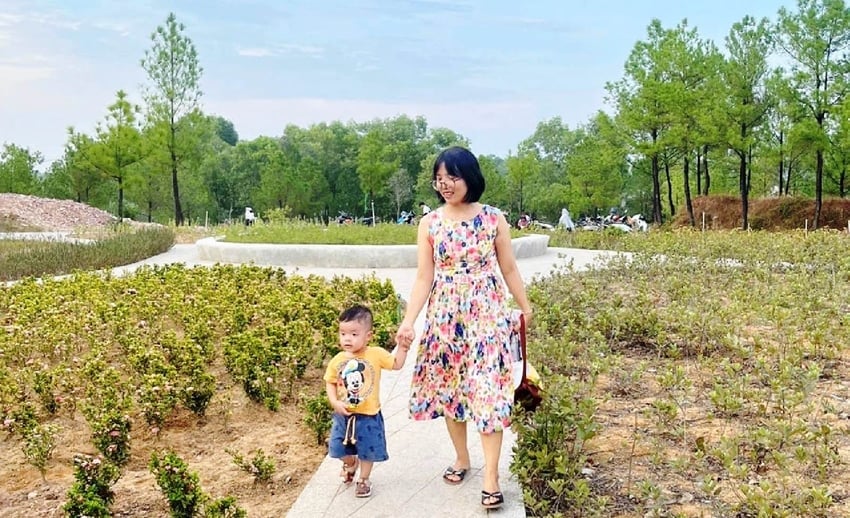 |
| Tourists visit Vong Canh hill |
Plant a tree every day
In the early spring of At Ty, thousands of trees were planted by city leaders and departments and agencies to respond to the Tree Planting Festival. This is not the first time that this activity has been implemented by localities and departments across the country for a long time to implement and respond to Uncle Ho's call to implement the Tree Planting Festival every spring and Tet.
Moreover, after many natural disasters and floods, perhaps everyone clearly understands the value and practical benefits of planting trees and preserving forests, so without waiting for campaigns or responses, it seems that planting trees has become an indispensable part for many people, especially those living in green cities like Hue.
Rarely is there an urban area with such a high density of trees and as many trees as Hue, with more than 64,000 street trees, exceeding the green tree standards for a class 1 urban area and achieving the highest green tree density in the country, reaching 12.9m2/person.
Hue City at that time (2016) and now divided into 2 districts Thuan Hoa, Phu Xuan is also the first city in Vietnam to be recognized by WWF as a "National Green City". Those numbers and titles have partly shown the level of green coverage of Hue city.
Hue City, a city under the Central Government, is also considered to have an advantage that few other provinces or cities can match in terms of forest land area and biodiversity; especially the forests in the city such as Thien An, Ngu Binh, Vong Canh hill, etc., making Hue even more green and peaceful.
These results are largely due to the awareness of Hue people to preserve, care for, protect, and plant more forest trees every day, every season, every year; from effective protection strategies of functional forces; reasonable policies and guidelines of provincial leaders; and also from long-term planting and replacement plans of the forestry sector...
Obviously, there has been consistency, consensus, and solidarity from the entire political system to the entire people in planting trees and preserving forests, so we have the results we have today, with forest coverage among the highest in the country, more than 57%.
However, everyone understands that planting trees and forests cannot be done overnight. To have good green trees, in addition to quality seeds, it is necessary to ensure that the trees are cared for, fertilized, and watered regularly. To have natural forests and green planted forests, it is necessary to take care of, protect, and harvest them properly. And this must be done regularly, planting year after year, crop after crop. Simply put, planting this crop overlaps the next crop, not waiting for the trees to be old and harvested before planting another tree. Forest planting should also be calculated to choose suitable, quality trees. This tree complements the other tree. If only planting acacia is not enough, under the forest canopy, suitable native tree species must be selected. When this crop of trees is taller, another crop of trees must be added to support each other's growth. Besides, there should also be successive forest planting projects, when this project ends, another project will be opened so that new trees are always planted.
Many benefits
A very practical benefit recently implemented in afforestation is the sale of carbon credits. Hue is one of six localities in the North Central region, including Thanh Hoa, Nghe An, Ha Tinh, Quang Binh, Quang Tri, which has been paid more than 900 billion VND, of which Hue has been paid more than 107 billion VND from the sale of carbon credits after participating in the pilot project of payment agreements for greenhouse gas emission reduction. Currently, the city's functional departments are calculating to pay this amount to beneficiaries according to regulations.
Previously, the Thua Thien Hue Forest Protection and Development Fund also paid hundreds of billions of VND for forest environmental protection services to hundreds of forest owners, including organizations, communities, household groups and households. The total forest area paid was nearly 160,000 ha/283,000 ha of the city's forest, accounting for more than 54%. This contributed to increasing the forest coverage rate and, more importantly, helped thousands of workers have stable jobs and incomes, contributing to improving livelihoods and raising people's living standards.
From this story, we can see the dual benefits of planting trees and forests, not only contributing to environmental protection, preventing erosion and climate change, but also creating a good source of income for the people, especially when Hue has the advantage of large timber plantations with an area of about 12,420 hectares. Of which, the area of large timber plantations and conversion of small timber to large timber of acacia species is 11,742 hectares, the area of native tree plantations is 681 hectares. According to the plan, by the end of this year, the whole city strives to build 14,000 hectares of large timber plantations of acacia species as raw materials for the wood production industry.
Because of such benefits, planting more trees and forests is an urgent task and not just for anyone, especially when selling carbon credits has shown practical effectiveness, not only in planting forests but also in some localities in the Mekong Delta region from growing rice. Therefore, Hue also needs to aim for this goal, to find a way so that each tree planted can bring direct and indirect income through selling carbon credits.
Source: https://huengaynay.vn/kinh-te/trong-cay-giu-rung-150761.html


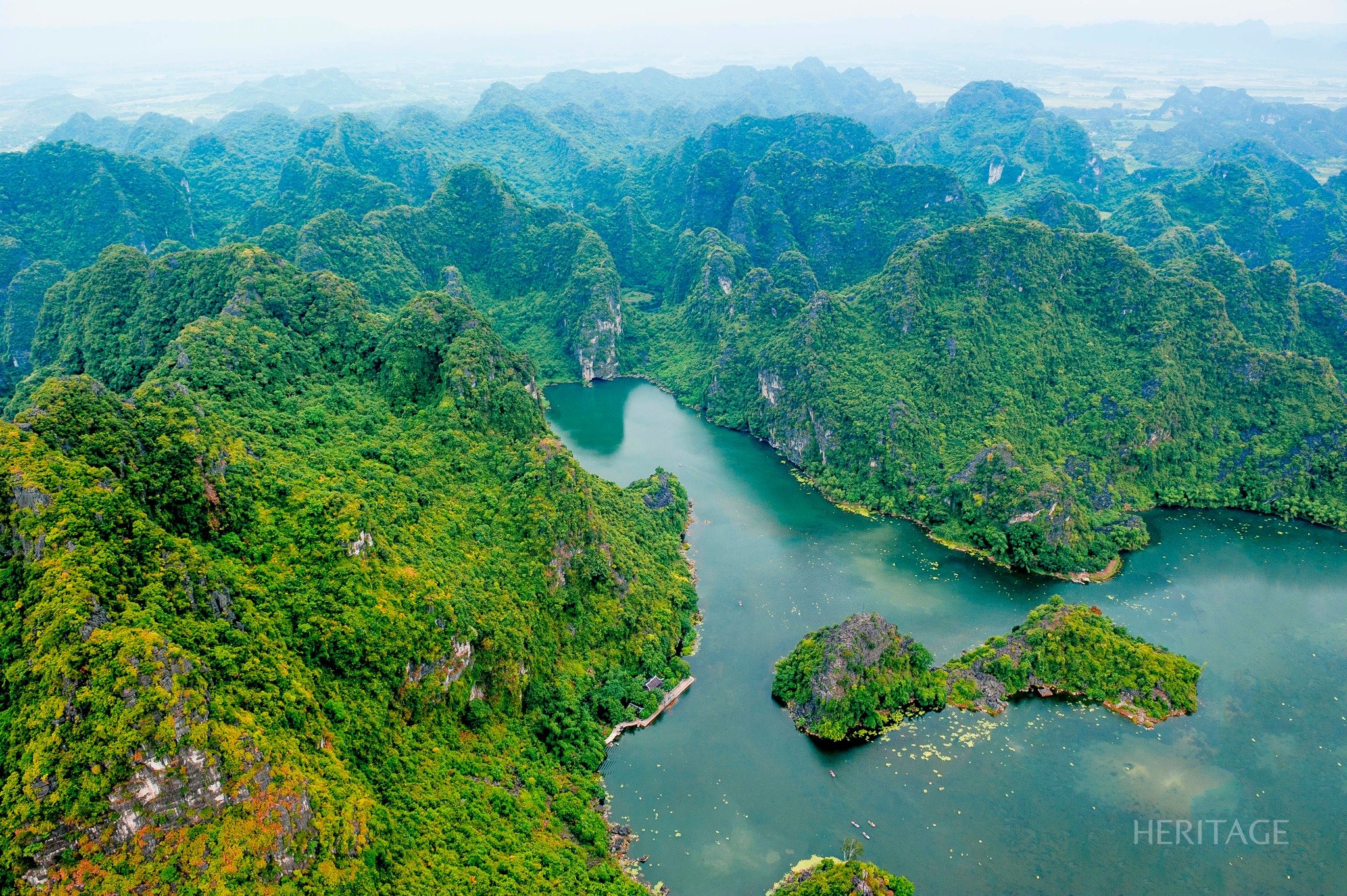


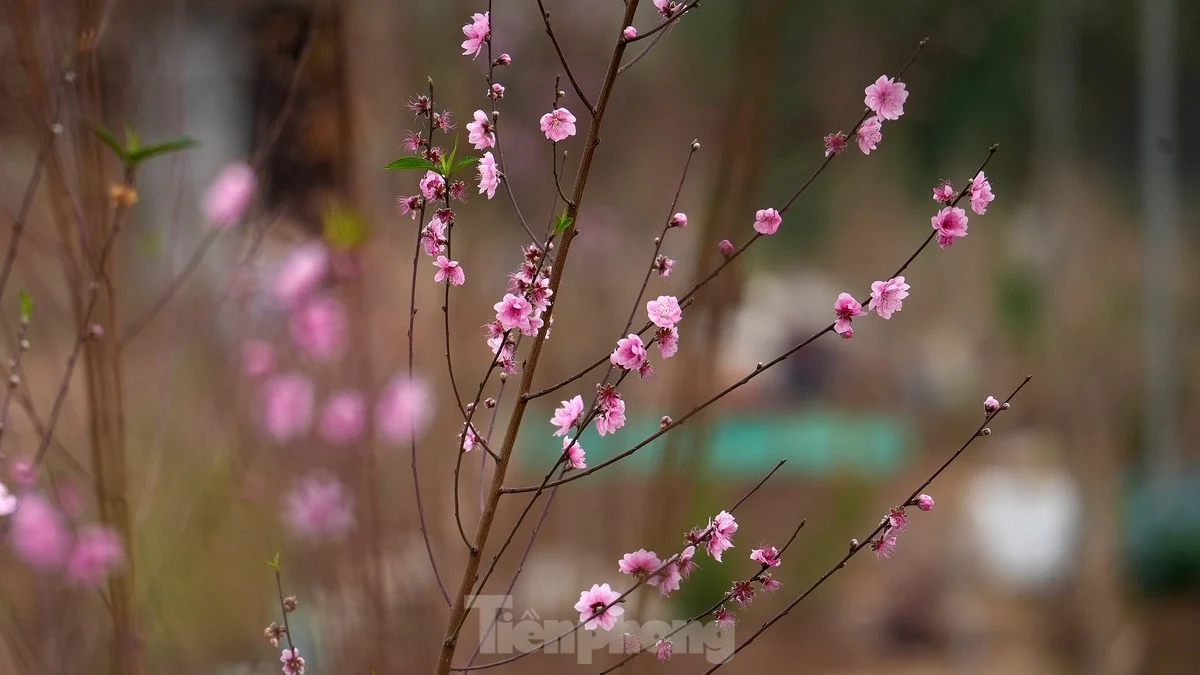

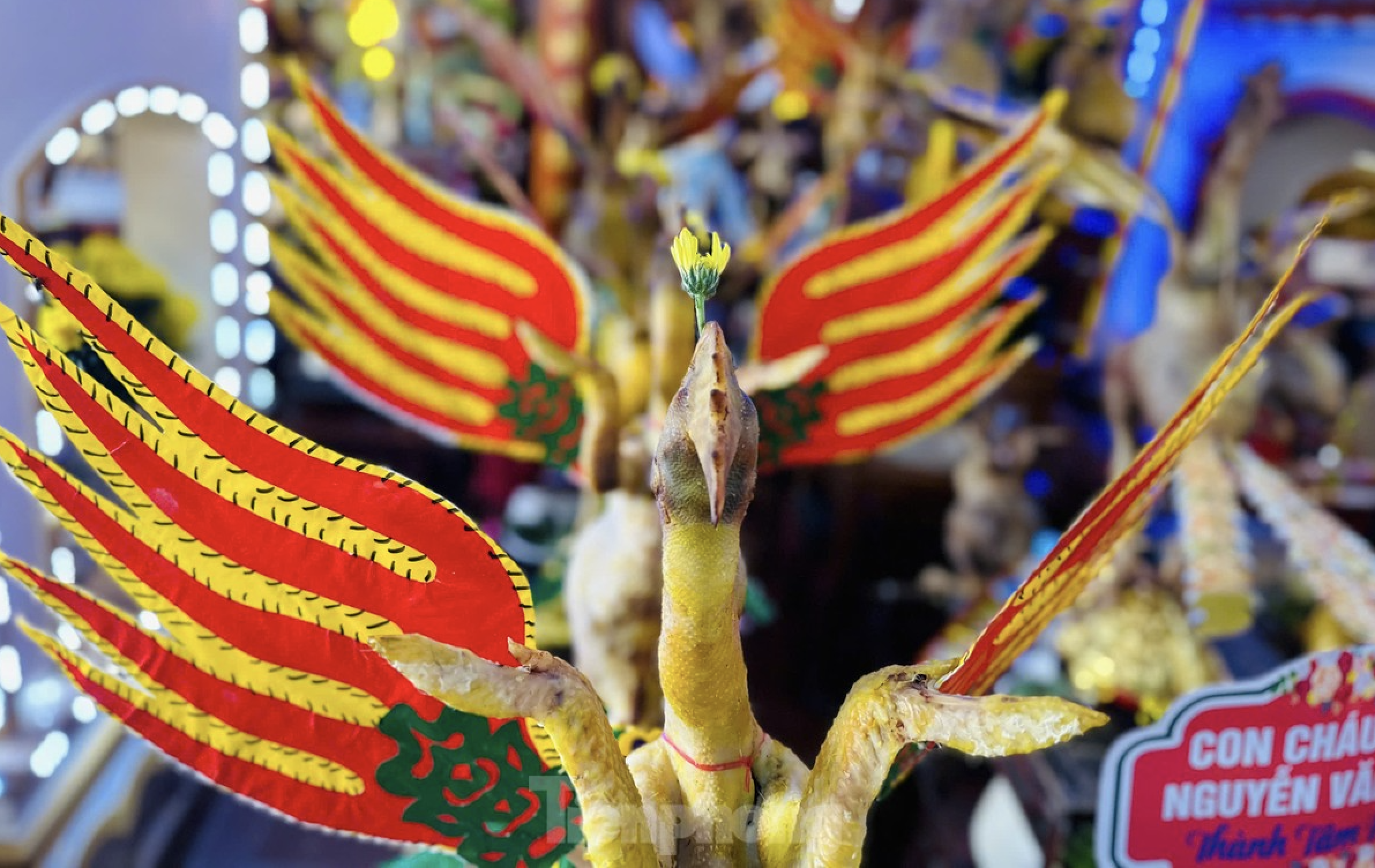
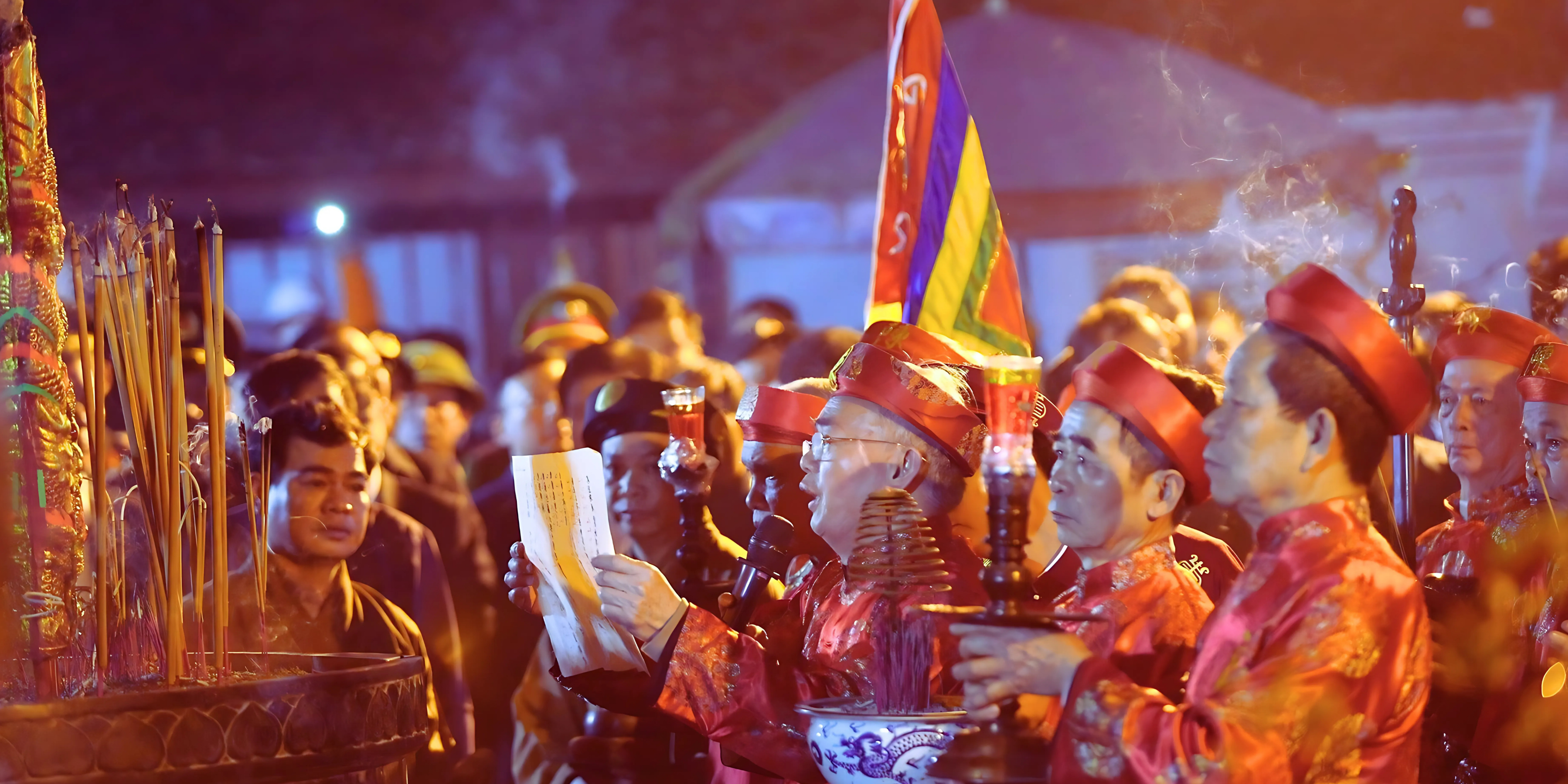
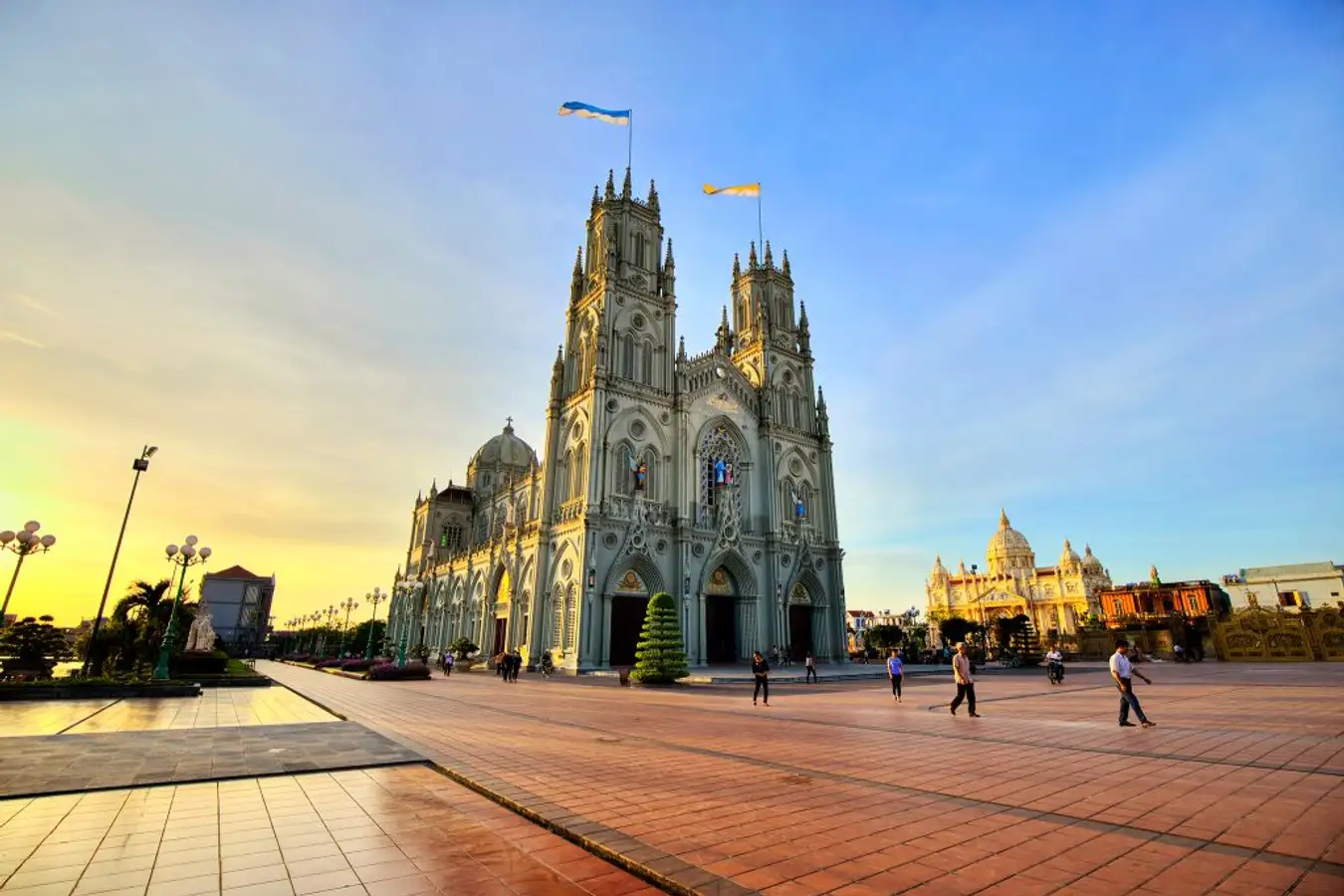




















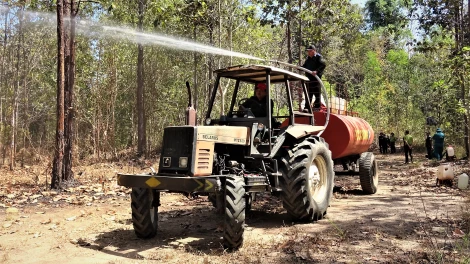

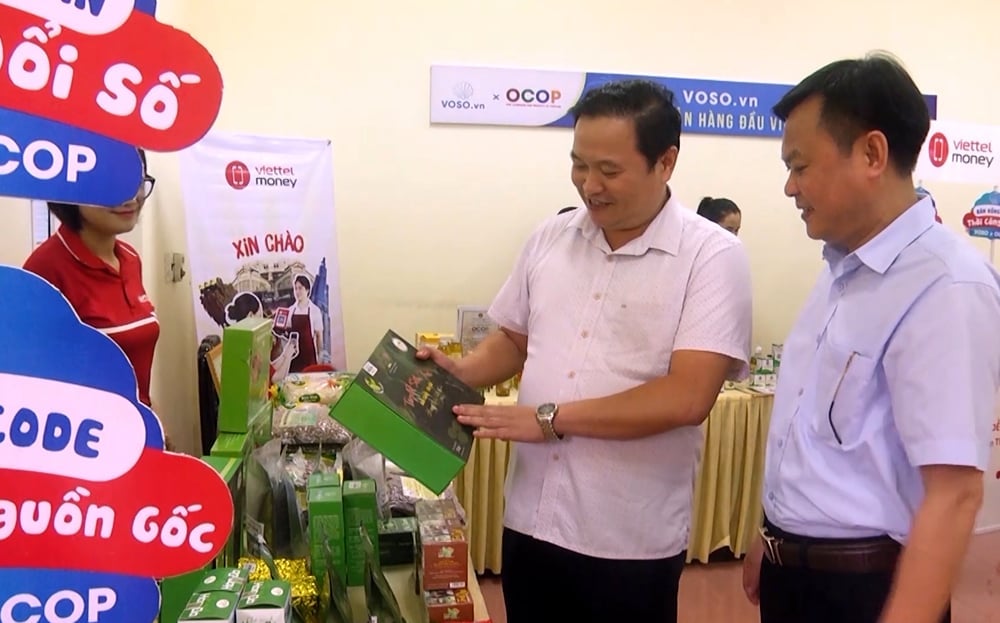


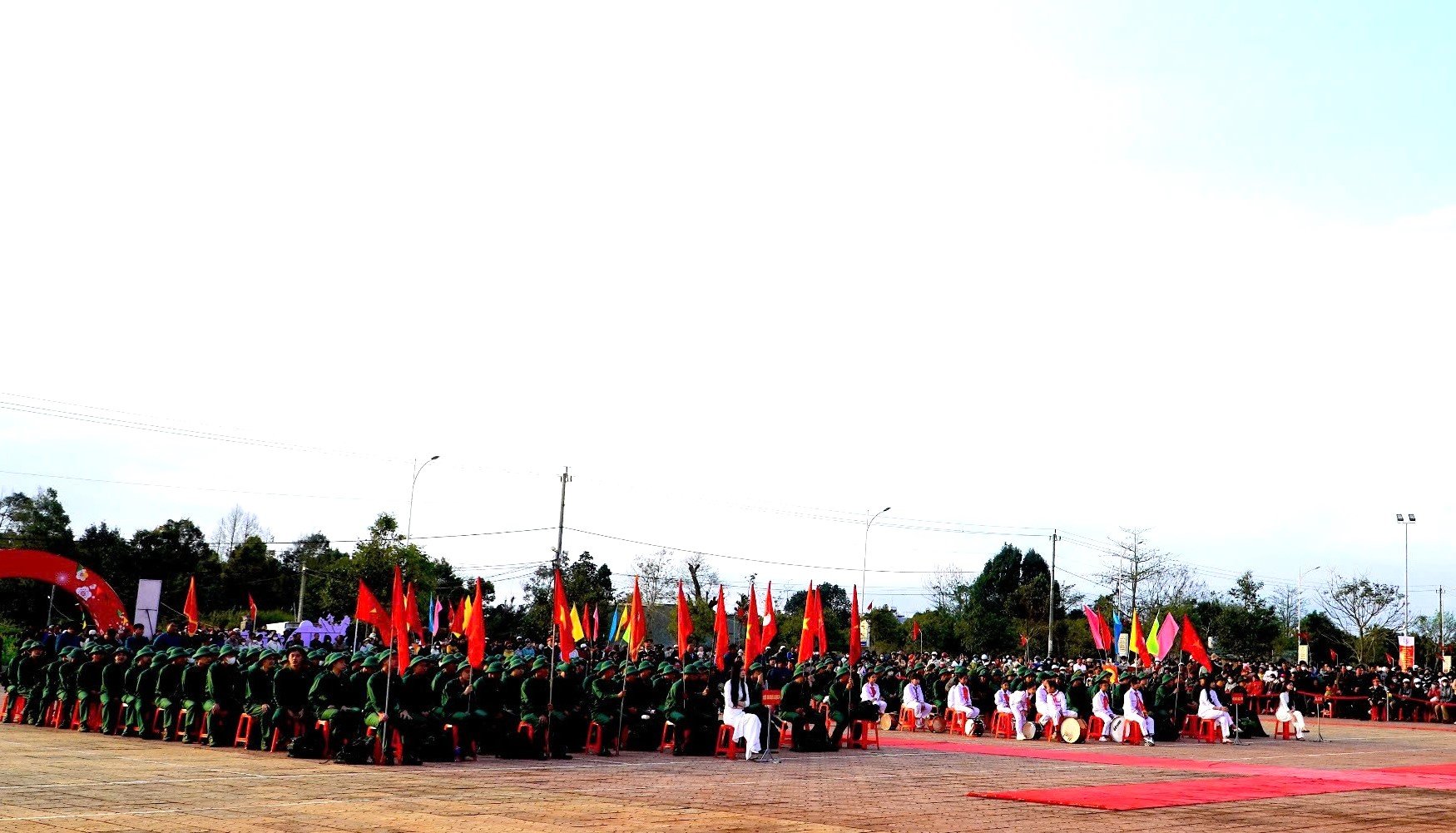
![Charming Vietnam [ Cat Tien National Park ]](https://vstatic.vietnam.vn/vietnam/resource/IMAGE/2025/2/12/c05c34322e4f4cac874e7f971dfaddca)
![Charming Vietnam [ Chau Doc ]](https://vstatic.vietnam.vn/vietnam/resource/IMAGE/2025/2/12/e96a46dceb5e41b1bcc3cf7dc6d54708)
![Charming Vietnam [ Phong Nha National Park ]](https://vstatic.vietnam.vn/vietnam/resource/IMAGE/2025/2/12/1cc2c12b6cb84938b32182cccf560b3c)
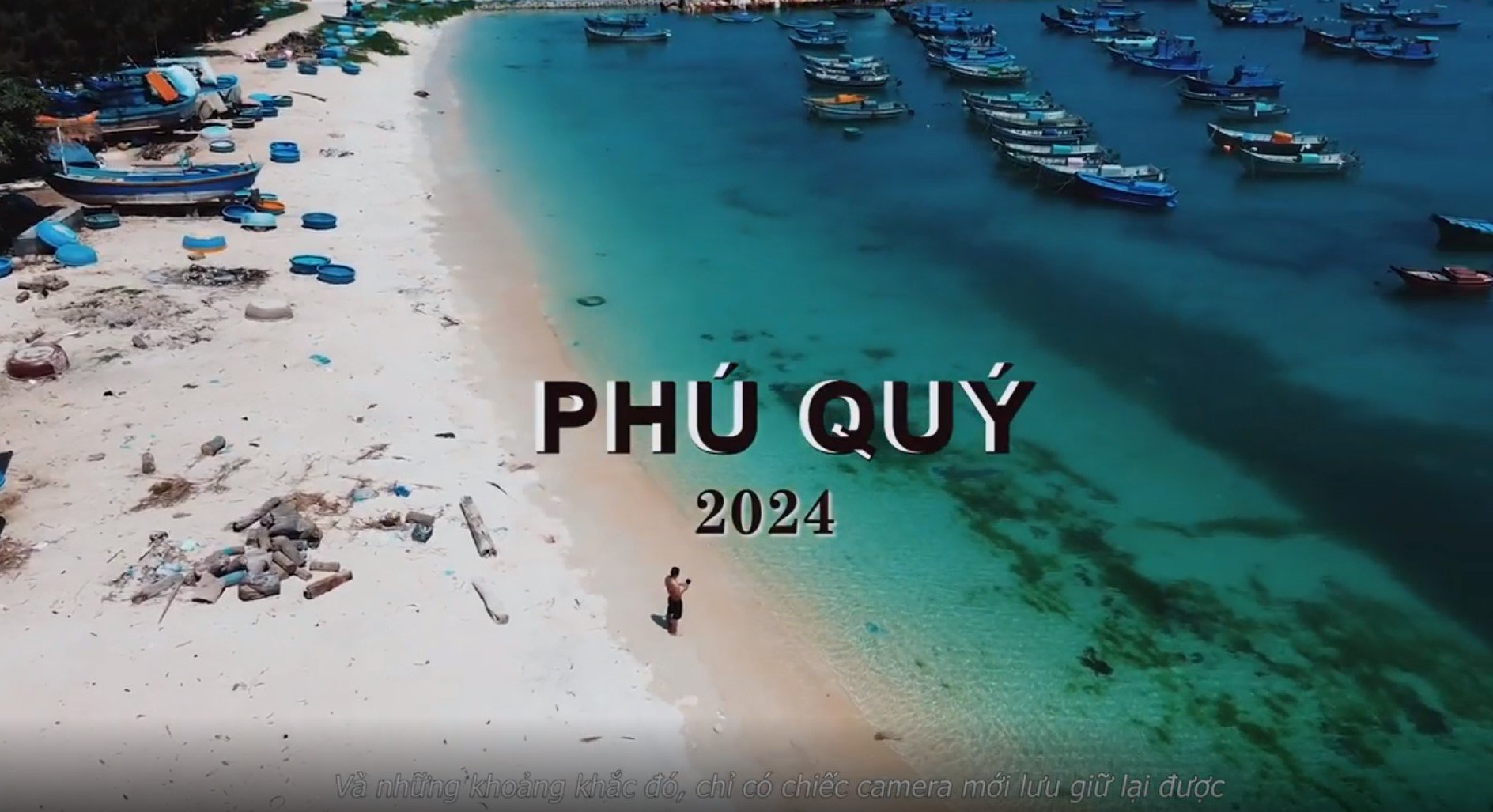

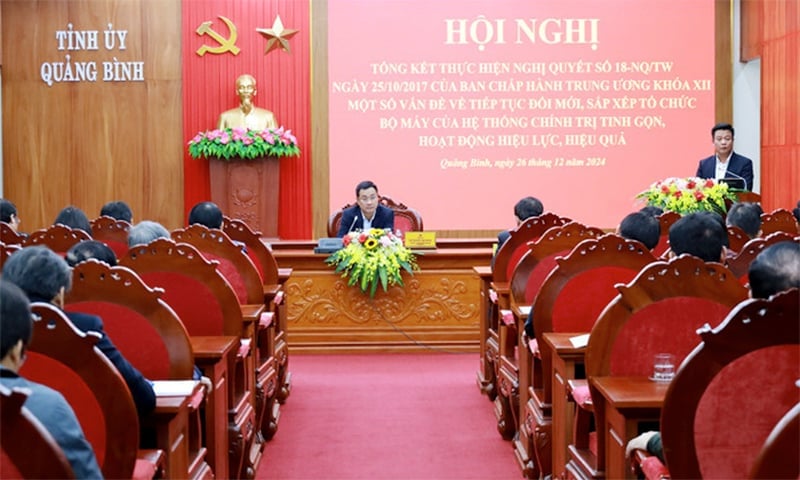





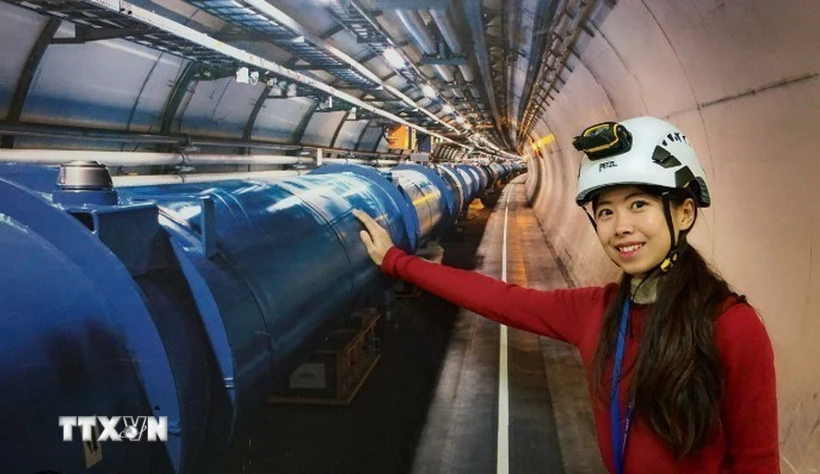








Comment (0)